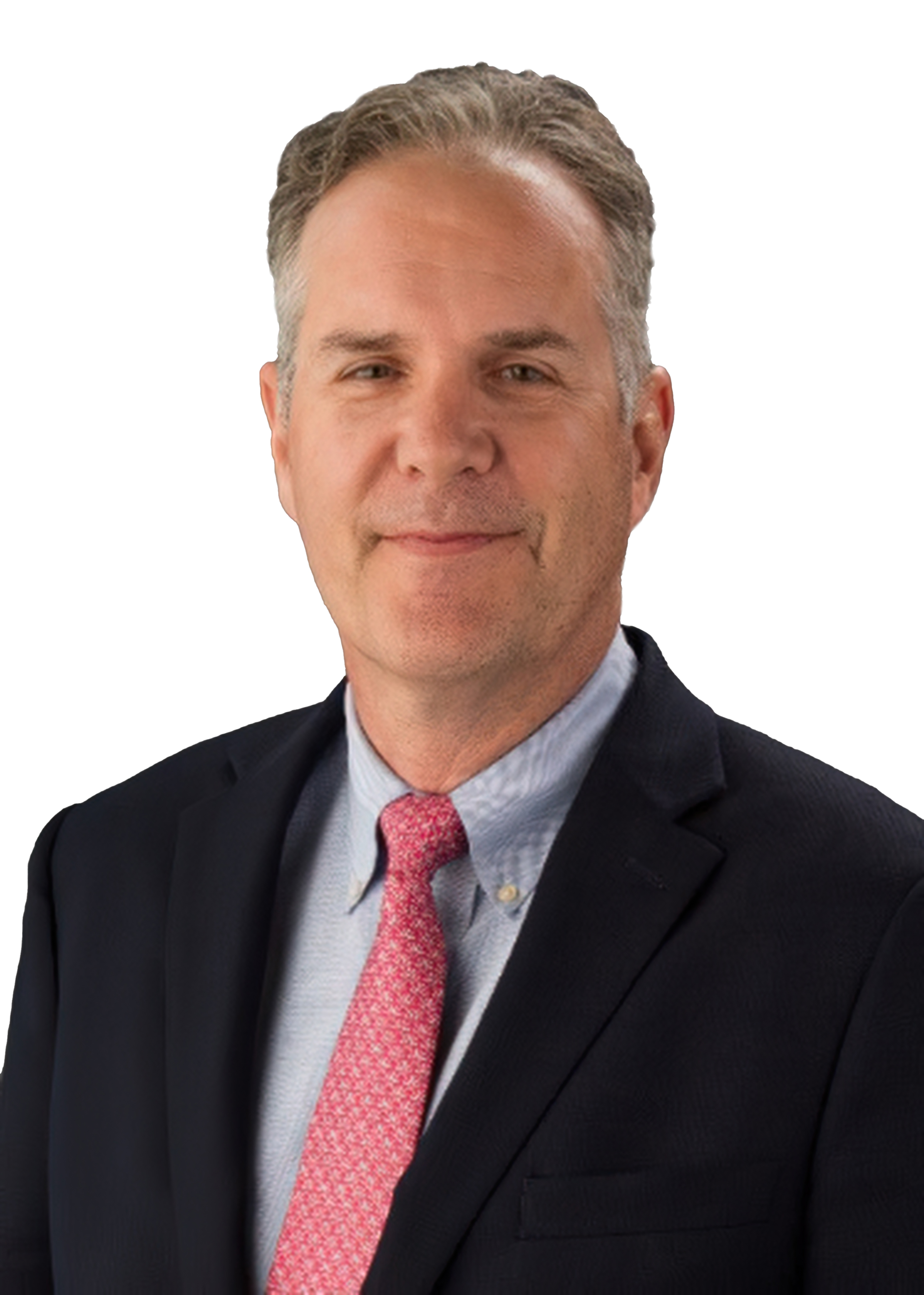Alan Harmatz, CMO of Medical City Dallas, says patient safety involves assessing how a care process works, determining whether the outcome was anticipated, and identifying improvements.
A strong risk management strategy is what drives chief medical officer Alan Harmatz, MD, of Medical City Dallas. It's a key component of his job for delivering high-quality care for patients.
Harmatz, who was named CMO of Medical City Dallas in August, oversees clinical care at Medical City Dallas, Medical City Children's Hospital, Medical City Women's Hospital Dallas, Medical City Heart Hospital, and Medical City Spine Hospital. The hospitals are part of HCA Healthcare and Medical City Dallas is a flagship hospital, with nearly 900 beds.
Prior to joining Medical City Dallas, Harmatz was CMO of HCA Healthcare's Florida Brandon Hospital.
Harmatz says risk management often involves examining patient safety events after they have occurred. This involves taking what is learned from patient safety events, then putting processes into place to help develop a robust safety program to prevent these events from happening in the future.
Risk management informs patient safety at health systems and hospitals, he says, adding that you must make sure that the processes you have put in place are followed and the clinical staff's focus is where it should be.
"That requires communication, support, education, coaching, and monitoring. Once this process is started, it never stops," Harmatz says.
Patient safety is not only ongoing but also requires a conversation about what care teams are doing, how care processes are going, and what care teams can do better the next time.
"You ask how a care process worked, did it work better, was the outcome what we anticipated, and what do we need to change and improve," he says. "It is a constant cycle."
 Alan Harmatz, MD, is chief medical officer of Medical City Dallas. Photo courtesy of HCA Healthcare.
Alan Harmatz, MD, is chief medical officer of Medical City Dallas. Photo courtesy of HCA Healthcare.
Rising to leadership challenges
Harmatz oversees clinical care at five hospitals that provide a huge range of services, including emergency department care, complex oncology, pediatrics, cardiovascular services, heart transplants, and solid organ transplants. As he acclimates to this CMO role, he says the main challenges are getting to know the facilities, getting to know the people, and understanding the culture.
"First, I must spend time and go to meet people where they are—I must meet the people who make the miracles happen every day," he says. "Second, I must listen—that can be a challenging thing to do but I think it is the most critical thing to do. Third, I must work hard. There's a lot to be done. There is a lot that goes on here every day, and I must commit to it.”
In establishing a working relationship with the medical staff, Harmatz says it is important to recognize they are highly intelligent and engaged professionals who have been at the organization, in many cases for several years.
"I do not lead the medical staff—I collaborate with them," he says.
Listening to the clinical staff will be essential to being a successful CMO, he says.
"Most of the great ideas do not come from me or above—they come from the people who are delivering the care," Harmatz says.
Physician leaders can be a rare commodity, but if CMOs look and listen, they can find them, he says, adding the best physician leaders are not only interested in what they do but also what the entire clinical staff does.
"They are interested in the processes that get us to the point where we can deliver excellent care," Harmatz says.
Promoting infection prevention
Before joining Medical City Dallas, Harmatz led an HCA Healthcare effort to develop a software program that reduces infections in the hospital setting.
He was part of a group that looked at how to facilitate discharges from hospitals in a timely and efficient manner. They used an effective discharge tool that was developed by some of HCA Healthcare's software developers and content experts. Harmatz suggested creating a similar tool for preventing infections.
Harmatz was paired by his division chief medical officer with another physician leader who runs HCA Healthcare's innovation center. They were given access to two programmers, and he brought in his infection prevention director, who had three decades of experience.
"Three months later, we had a product that was ready to be used in the division and eventually spread across the enterprise," he says.
At HCA Healthcare, the software program has helped to significantly reduce Clostridioides difficile infections as well as methicillin-resistant Staphylococcus aureus, he says, adding the software program is part of an overall effort to use technology to improve patient outcomes.
Clinical background suited to serving as CMO
Harmatz says his clinical experience as a plastic surgeon was good preparation for becoming a CMO.
Plastic surgeons see a lot of problems, including patients who have had attempts to fix conditions in the past that have not worked out well, he says.
"You see a lot of complex challenges," he says. "Every day, you are confronted by different challenges, and very few of them have cookie-cutter solutions."
CMOs and plastic surgeons have similar thought processes, Harmatz says. A CMO must be able to analyze what the true problem is, come up with the reasons for the problem, then look for ways to mitigate the problem, much like what a plastic surgeon does.
Related: The Exec: 'Patient Safety Requires a Team Approach'
Editor's note: This story was edited on 11/9/2023.
Christopher Cheney is the CMO editor at HealthLeaders.
KEY TAKEAWAYS
Risk management informs patient safety in the hospital setting.
Listening to the clinical staff is essential to being a successful chief medical officer because frontline staff members generate great ideas.
Physician leaders can be a rare commodity, but if CMOs look and listen, they can find them.
